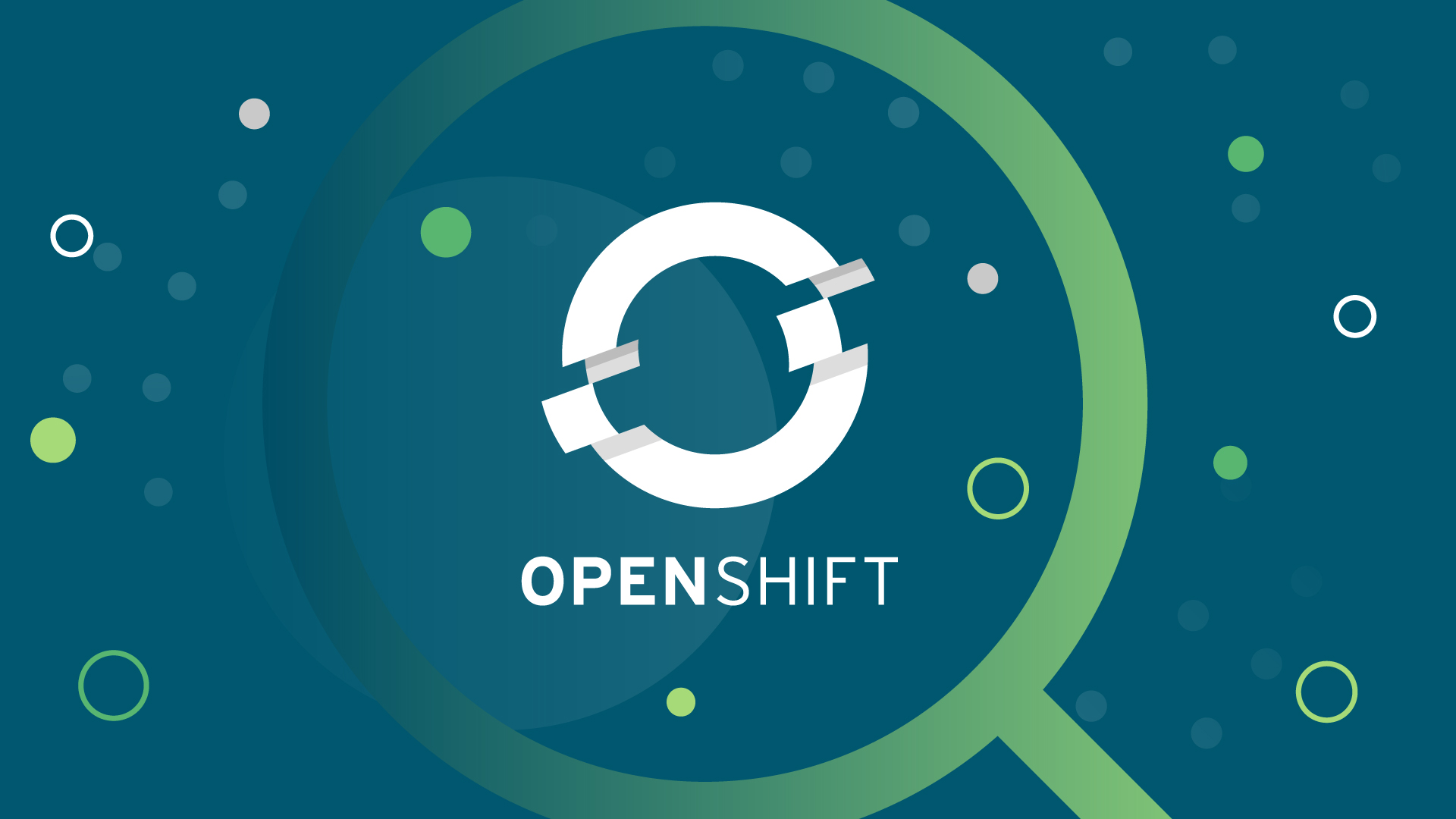Editor's Note: This blog post was originally published on January 10, 2020 and was updated on February 9, 2021 to include the most relevant and up-to-date information.
While Kubernetes is changing the way many enterprises develop and deliver high-quality products, not every company is capable of making the investments to get the open-source tool up and running.
Traditional Kubernetes comes with a list of required elements that need to be added to your development platforms. This not only creates an ongoing investment for companies, it also requires on-hand experience to get Kubernetes environments up and running.
Enter Red Hat OpenShift
In contrast to vanilla Kubernetes, Red Hat OpenShift provides you with a complete and working development environment powered by Kubernetes right out of the box. Included in the package are:
- Management tools like Prometheus and operational lifecycle management.
- Developer tools like CI/CD pipelines and an embedded container registry.
- Support from the world-class Red Hat engineering team.
With these tools, you are able to knock down the doors between your development team and your deployments, allowing you to accelerate how and when you bring new products to market. Specifically, OpenShift excels at:
- Removing dependencies that slow down your development process by allowing you to efficiently adopt and manage Kubernetes
- Preventing downtime by moving your deployments to smaller and incremental releases
- Reducing latency by defining rules to automatically scale your resources during peak times
Is Red Hat OpenShift right for you?
When it comes to the choice between adopting traditional open-source Kubernetes and investing in a tool like OpenShift, you should ask yourself the following questions:
- Do you have the engineering skill sets to build your own platform?
If not, OpenShift has everything you need right out of the box.
- Do you need help to solve production issues?
If so, Red Hat provides the technical support safety net when you need it.
- Will you be multi-cloud now or in the future?
Then OpenShift’s ability to run on all platforms—while still providing your developers and op teams with the same software stack and user experience—can provide you with very real value.
To learn more about Red Hat OpenShift, contact one of our experts.
Categories
- Cloud Migration and Adoption
- Enterprise IT and Infrastructure
- Artificial Intelligence and Machine Learning
- Data Management and Analytics
- DevOps and Automation
- Cybersecurity and Compliance
- Application Modernization and Optimization
- Featured
- Managed Services & Cloud Cost Optimization
- News
- Workplace Modernization
- Tech We Like
- AWS
- Social Good News
- Cost Optimization
- Hybrid Cloud Strategy
- NVIDIA
- Application Development
- GPU





